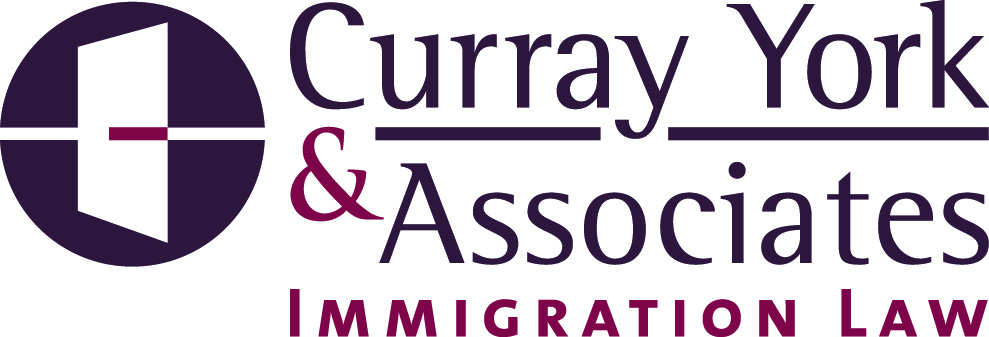Ken Stern is listed as a Colorado SuperLawyer for 2007. Ken is listed in the top 50 attorneys in Colorado. In this category, Ken is the only immigration lawyer listed.
Consular Offices Can Resume Accepting I-130 Immigrant Visa Petitions
Effective January 22, 2007, Embassies and Consular Offices abroad were told they may not accept the direct filing of I-130 petitions. That rule created a great deal of controversy and problems. Accordingly, effective March 21, 2007, the State Department has reversed that rule and Posts can now accept I-130s from American citizen petitions who are residing abroad.
This will assist many American citizens in bringing their spouses and children to the United States more quickly and efficiently.
For more information about family-based immigration, please visit our website.
STRIVE Act Introduced in the House
Representatives Gutierrez (D-Ill) and Flake (R-Az) have introduced a bi-artisan comprehensive immigration bill in the House. The bill creates a certification process for demonstrating that improvements in border surveillance are in place before providing benefits to undocumented workers. The bill also strengthens interior enforcement in the United States and creates a new Employment Verification System to verify a new employee’s authorization to work in the United States.
The bill creates a new worker program that creates a legal channel for immigrant workers by establishing a temporary H-2C visa which is valid for three years and renewal for another three years. The bill also provides earned legalization or citizenship for people who are in the United States without proper documentation. The Act also overhauls the family-based and employment-based immigration system to reduce backlogs and inefficiencies.
This bill is very similar to the comprehensive immigration reform package that was passed by the Senate during the last Congressional session.
STERN SELECTED TO BEST LAWYERS IN AMERICA ®
Immigration lawyer Ken Stern was selected by his peers for inclusion in The Best Lawyers in America® for immigration law.
Stern has been listed in this premium directory of lawyers for more than 10 years.
Published biennially since 1983, but now published annually, The Best Lawyers In America® is widely regarded as the preeminent referral guide to the legal profession in the United States. The Best Lawyers in America’s® lists are based on an exhaustive peer-review survey whereby almost two million votes are cast on the legal abilities of other lawyers in their specialties.
USCIS Announces Direct Filing of I-129 and I-539 Applications
USCIS has announced that, effective April 2, 2007, all Forms I-129 and I-539 are to be filed directly with either the Vermont Service Center or the California Service Center, depending on where the employment will take place. This is a change from the past practice of filing all I-129 applications with Vermont.
In light of the fast-approaching H-1B season, and the possibility that the H-1B quota will be quicklly exhausted, applications must be filed in the correct location.
DREAM Act Re-introduced in Congress
The DREAM Act of 2007, which would provide a path to legal status for undocumented students, has been introduced into both houses of Congress. There is optimism building that it has a good chance of passing and being signed by the President.
USCIS CREATES FOIA FAST TRACK FOR PEOPLE IN PROCEEDINGS
USCIS has announced that effective March 30,2007, they will create a third track for processing FOIA applications for individuals who are in proceedings before an immigration judge. This will allow respondents to conduct better “discovery” prior to their removal hearing. This is an important due process breakthrough for individuals in removal/deportation proceedings.
TIME FOR IMMIGRATION REFORM IS NOW
Tamara Jocoby, a member of the Pro-Business Manhattan Institute Think Tank, has advocated publicly that Congress must move forward on immigration reform in the near future. If Congress waits until the fall, immigration reform will become enmeshed in the 2008 Presidential campaign with the likelihood of passage decreasing substantially. If Congress cannot pass comprehensive immigration reform, it should address some of the component programs such as the Agjobs Bill or the Dream Act.
There have been many reports of behind-the-scenes meetings between key players in the immigration debate who are trying to obtain a broader consensus on a comprehensive immigration bill. Hearings are now taking place in Congress. Hopefully, there will be some movement in the near future.
USCIS LIMITS CRITERIA TO EXPEDITE FBI NAME CHECK
USCIS has recently indicated that it will no longer routinely expedite an FBI name check in response to a petition filed in federal court. In the past, USCIS would routinely expedite an FBI name check in response to a federal law suit. It is too early to tell what impact this new rule will have on the handling of federal law suits in the District of Colorado.
H-1B Season Starts April 1, 2007
On April 1, 2007, USCIS will start accepting H-1B visa applications for fiscal year 2008. By regulation, USCIS can start accepting H-1B applications against the 2008 H-1B cap six months in advance which translates to Monday, April 2, 2007. People have been speculating as to when the cap will be exhausted. Estimates range from April 16 to the end of May.
H-1B applications approved under the 2008 cap will become effective on the first day of the next fiscal year which is October 1, 2007. Any company interested in pursuing a new H-1B visa on behalf of a current or potential employee should act immediately.
In addition, USCIS has indicated that it intends to increase the filing fee for H-1B visas to $320. This does not include the fraud fee or training fee.
Finally, H-1B transfers and H-1B applications filed by exempt employers are not subject to the H-1B cap.
